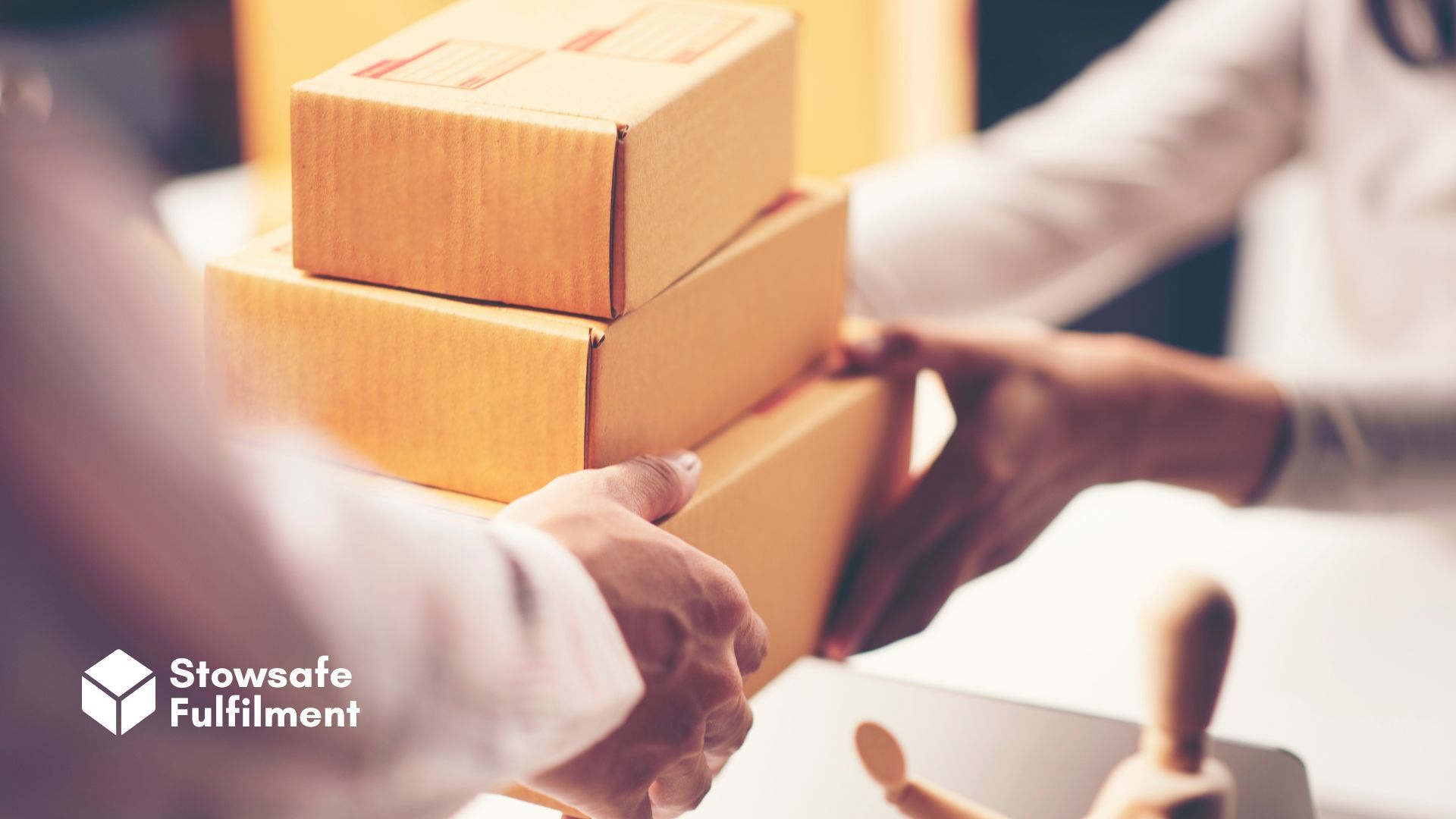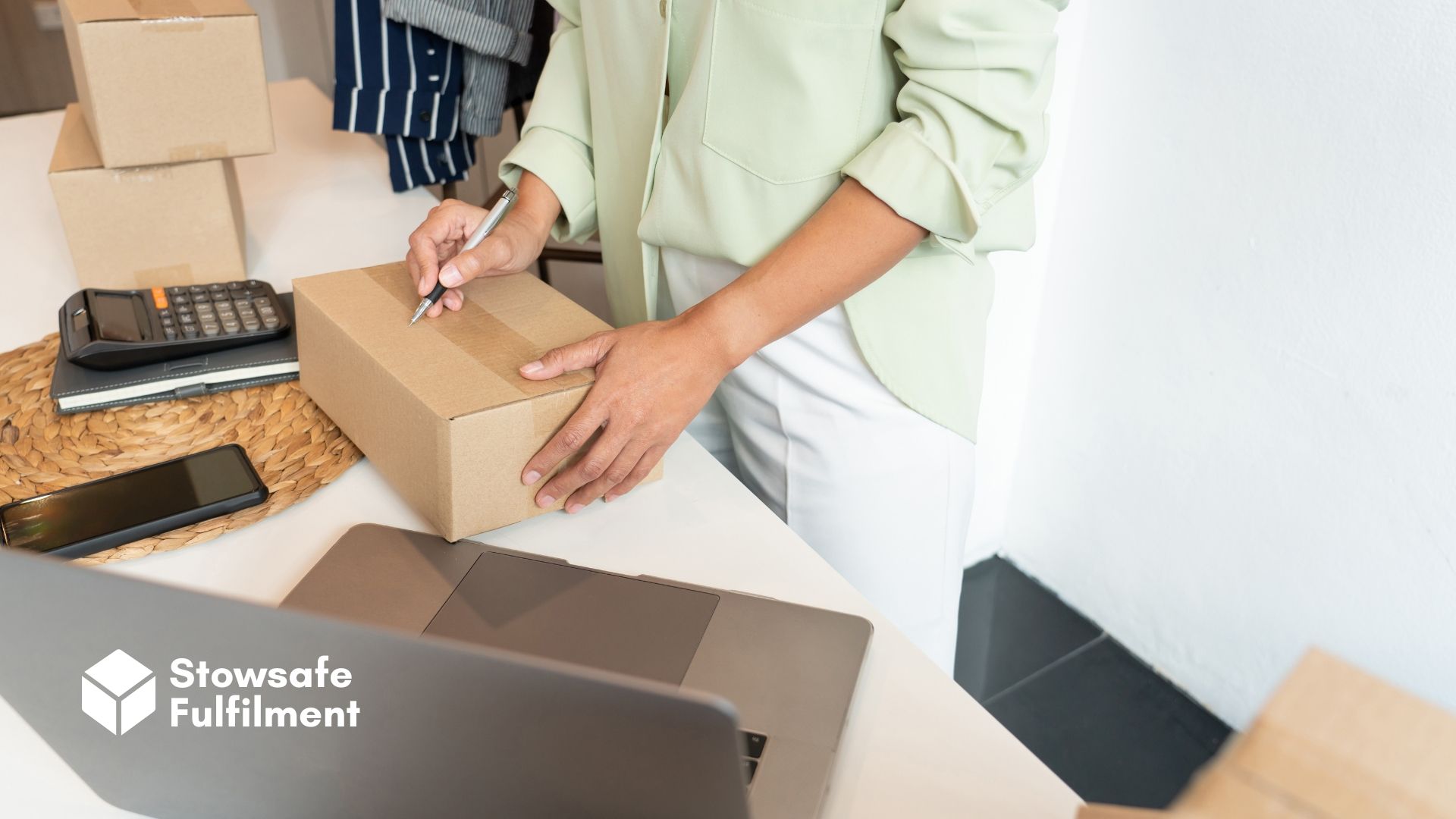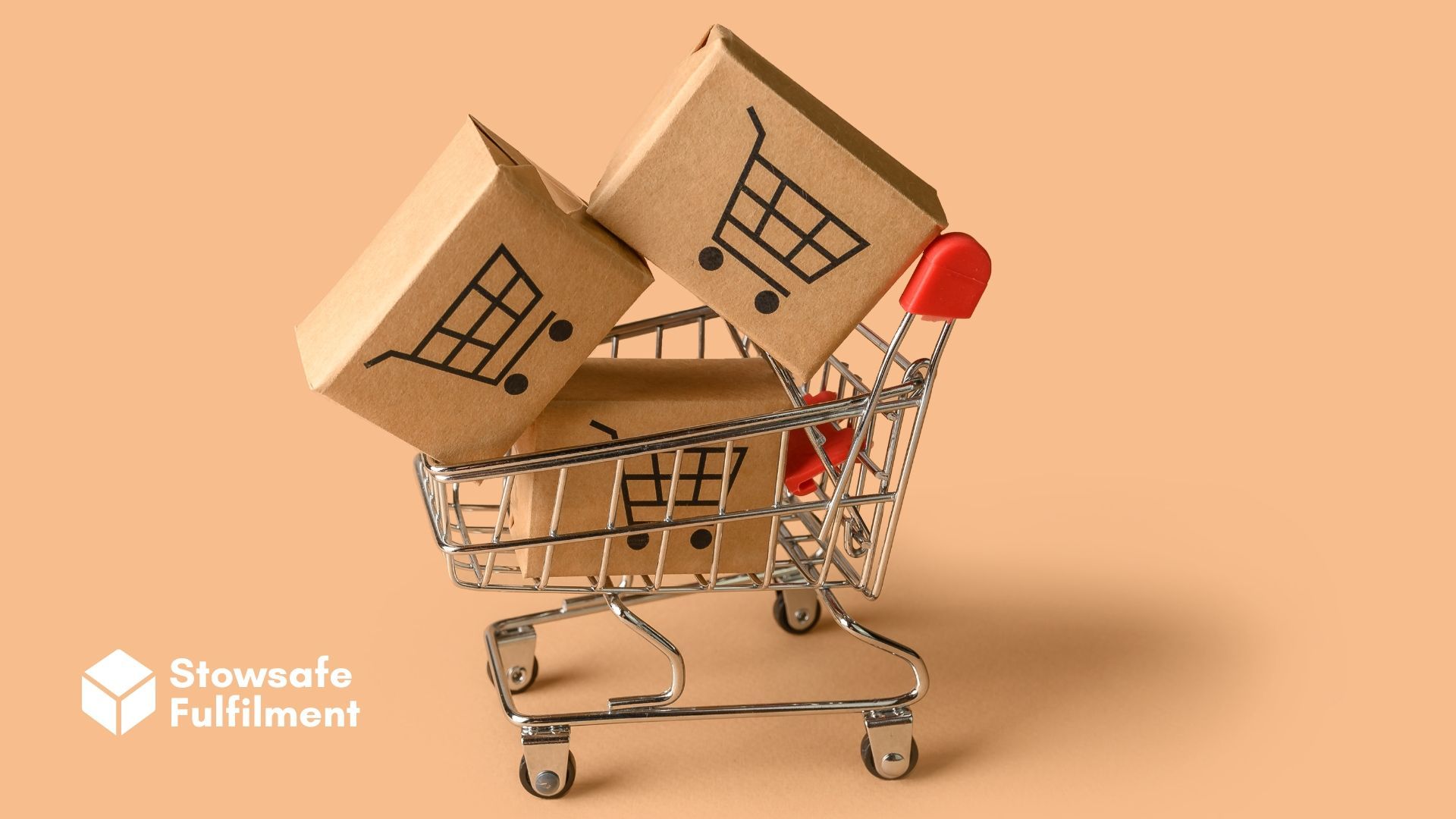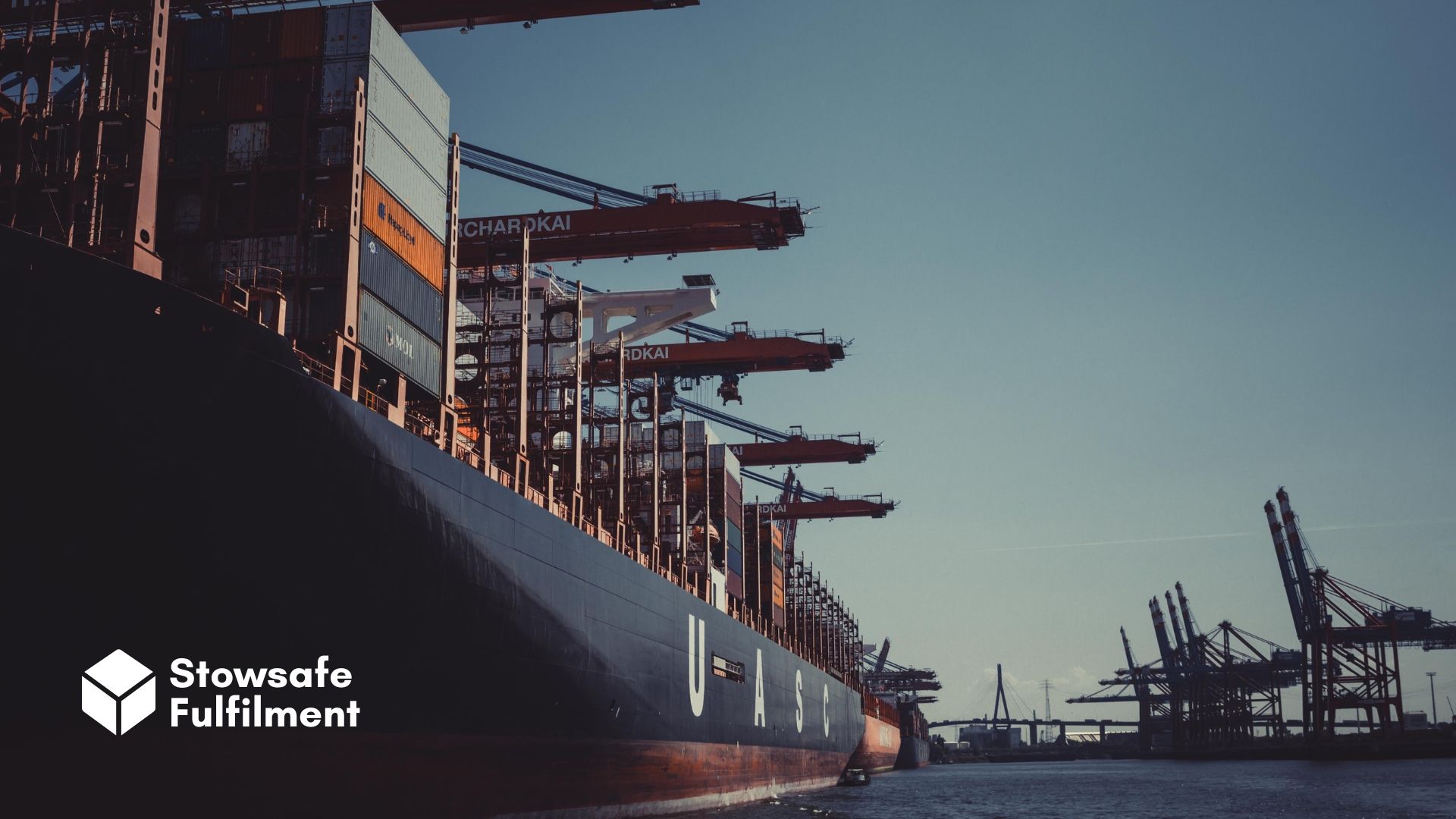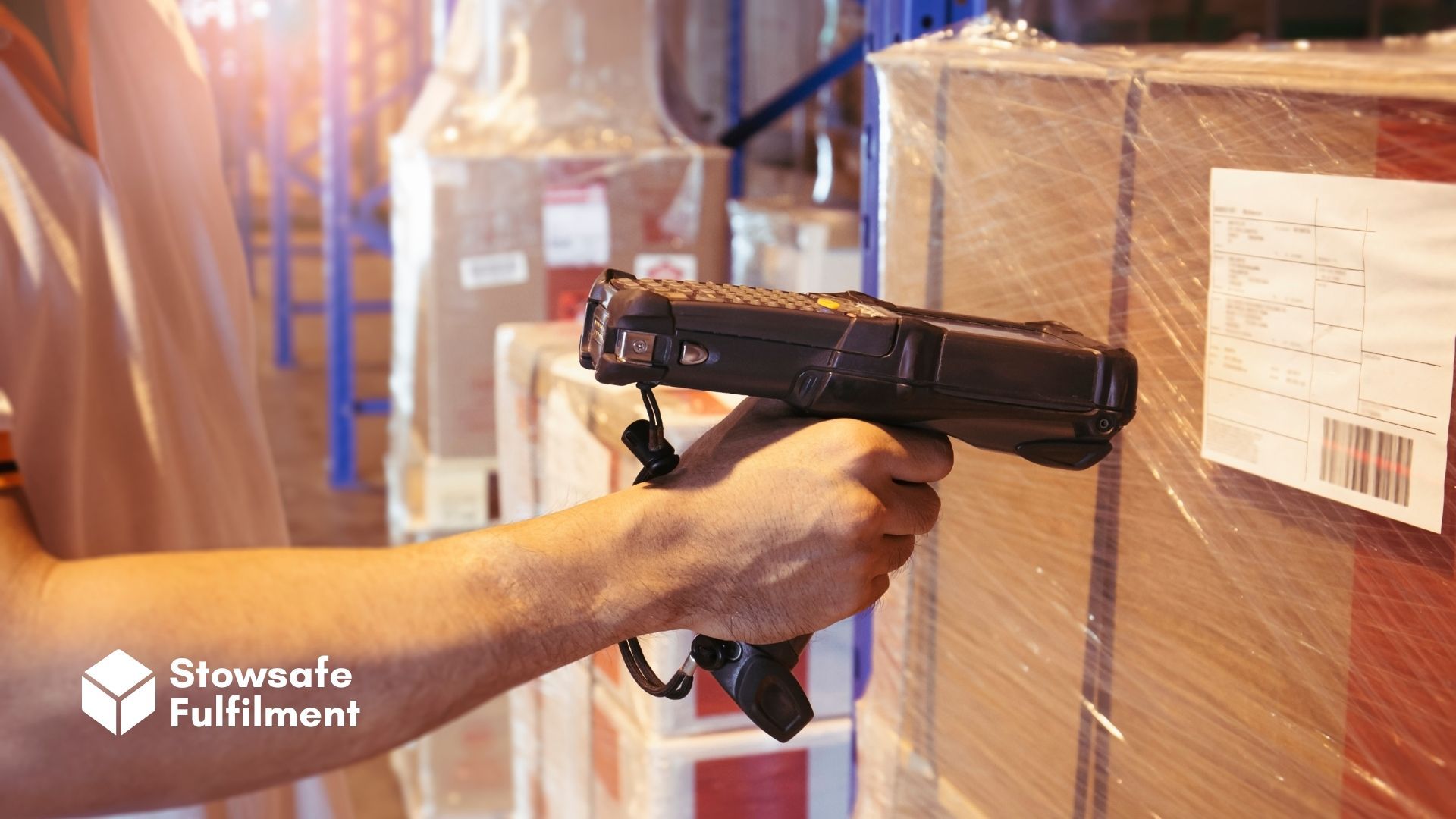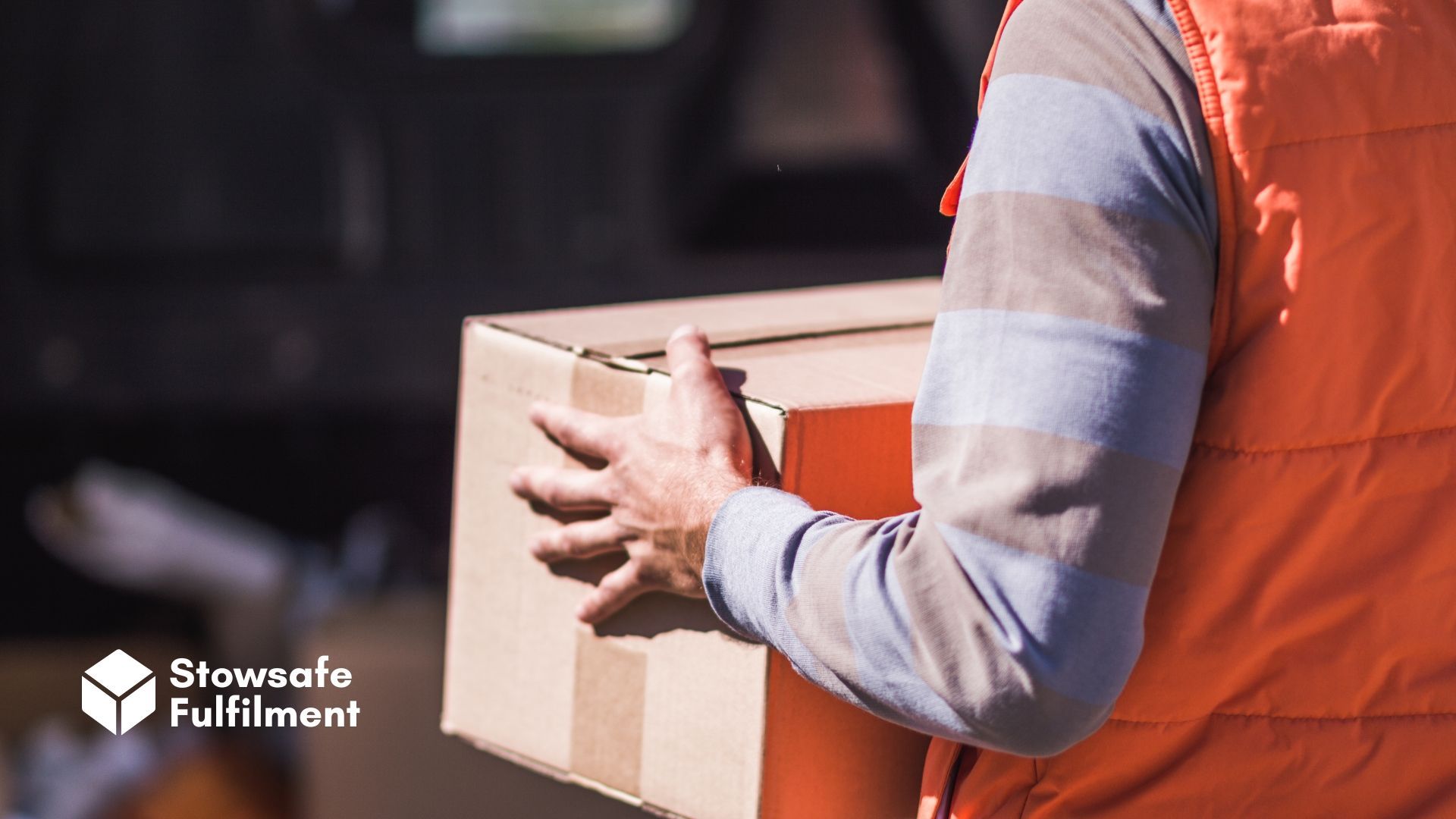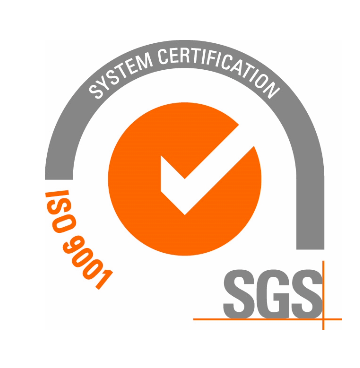How do order fulfilment and drop-ship methods differ for eCommerce? Learn how they compare in cost, supply, control and flexibility when selling online.

With more customers shopping online than ever, businesses are expanding their options when it comes to order operations. From in-house fulfilment to third-party logistics to dropshipping, the way an online retailer chooses to facilitate orders has a direct influence on its bottom line.
Implementing the right strategy is key to a merchant's ability to engage (and retain) customers and gain a competitive advantage in a ruthless market – all the while keeping costs low.
The fulfilment process has many moving parts. Understanding them is critical if you want the best for your online store. While many businesses start with in-house operations, as they grow one question takes centre stage: should we move to dropshipping or a fulfilment provider?
What's the difference between dropshipping and order fulfilment?
Broadly, the order fulfilment process is the term used for storing products, picking and packing orders and dispatching them to the customer. It also covers inventory and returns management. Business-to-business (B2B) and business-to-customer (B2C) processes are both types of eCommerce order fulfilment.
When third-party fulfilment providers (3PLs) are involved, suppliers ship stock in bulk to distribution centres or warehouses, where it's stored by the provider. The fulfilment centre then prepares customer orders once purchases have been made, but requires the physical inventory to be stored at the centres.
In the drop-ship model, products move from the supplier or manufacturer directly to the store or customer's home on behalf of the merchant. Inventory is virtual, and often the supplier itself will organise the shipping process – the eCommerce business simply manages the selling platform.
But which is more beneficial? Let's consider a few of the nuances of each method in more detail.
Flexibility and reactivity
Without the need for upfront investment to rent warehouse space or buy stock (or sacrifice the spare bedroom for inventory!) dropshipping has obvious appeal for fledgling entrepreneurs wanting to set up an eCommerce business. With stock held by the manufacturer and only shipped out for a confirmed order, the selling platform needs to be established for a minimal time before sales can come through – and adding new products carries less risk.
However, it's important to note that not all suppliers can facilitate dropshipping, meaning the supplier base is smaller. Store owners are often using multiple manufacturers for their products and being constricted to suppliers that only drop-ship could mean missing out on the best quality, for the best price.
Location is also important. With most manufacturers based overseas, the time taken to ship orders or manage returns could be longer than a fulfilment centre based locally. Rapid order processing and short delivery times are valuable determining factors in a customer's decision to purchase online, so be sure to consider this when deciding whether dropshipping or fulfilment is best for your business.
Supply challenges
Another consideration is that suppliers manage their stock, not the merchant. This means you can do away with the hassle of managing inventory, picking and packing. The downside is that – at any given time – your ability to sell is directly impacted by the manufacturers' ability to produce.
With multiple eCommerce businesses relying on the same supplier, there's a risk that supply will run out, cost prices can be volatile, and customers may see delays to their order – resulting in negative reviews for your business.
Comparatively, using a fulfilment provider can be a much safer bet, because stock is already held by the buyer and supply is monitored in real-time. Often, fulfilment centres have technology and software that is capable of tracking inventory in real-time and can be easily integrated with your eCommerce platform. This leaves you far better prepared for shortages and less likely to oversell.
3PL providers are already familiar with fulfilling bulk orders, and shipments are delivered to a much lower number of commercial addresses. This offers additional advantages on bulk costs and shipping discounts with their carrier partners.
Quality control
Without a middleman, customer-direct fulfilment methods can make it difficult to remain confident when it comes to quality control. A fulfilment provider is responsible for checking stock on inbound, storing inventory safely and ensuring orders are packed appropriately for transit protection. There's much less of a guarantee that products shipped directly from the manufacturer are correct and in a good condition.
Drop-ship suppliers will usually pack using the cheapest packaging and ship with the cheapest carriers – this poses risks for order damage and long delivery times, and means you can't add bespoke packaging to showcase your brand.
Not meeting customer expectations in this area will result in poor feedback and a drop in retention rates, so be sure to research suppliers thoroughly before partnering. Keep an eye on customer reviews, too, to make sure everything is running smoothly. Test orders are beneficial, but make sure these additional costs are being factored in when deciding between drop-ship and fulfilment providers – the latter include professional services in their packages, after all.
Cost of order fulfilment compared to dropshipping
The big question – how much does it cost to drop-ship versus using order fulfilment services from third-party providers?
Drop shipping often needs a lower investment than fulfilment centres, since the manufacturer or wholesaler is handling the inventory and you only pay for product as it sells. However, cost savings enjoyed here can easily be swallowed by less competitive shipping costs, particularly if you're relying on multiple suppliers who charge different rates.
By comparison, partnering with a fulfilment centre offers standardised costs, reducing complexity and making it easier to build additional costs into margins, planning and delivery charges.
Ultimately, there is no one-size-fits-all approach and both drop-ship and traditional order fulfilment carry benefits. For small-scale orders or trialling new products, dropshipping offers flexibility and less investment. Businesses looking to scale up, expand into new countries or simply enjoy the security of a professional fulfilment centre will undoubtedly benefit from a partner who offers expertise, quality control, and transparency.
3PL companies like Stowsafe offer a range of packages tailored to the unique needs of your business –
enquire today to find out more.
All Rights Reserved | Stowsafe Fulfilment


